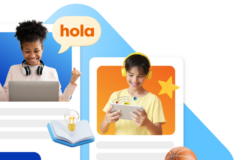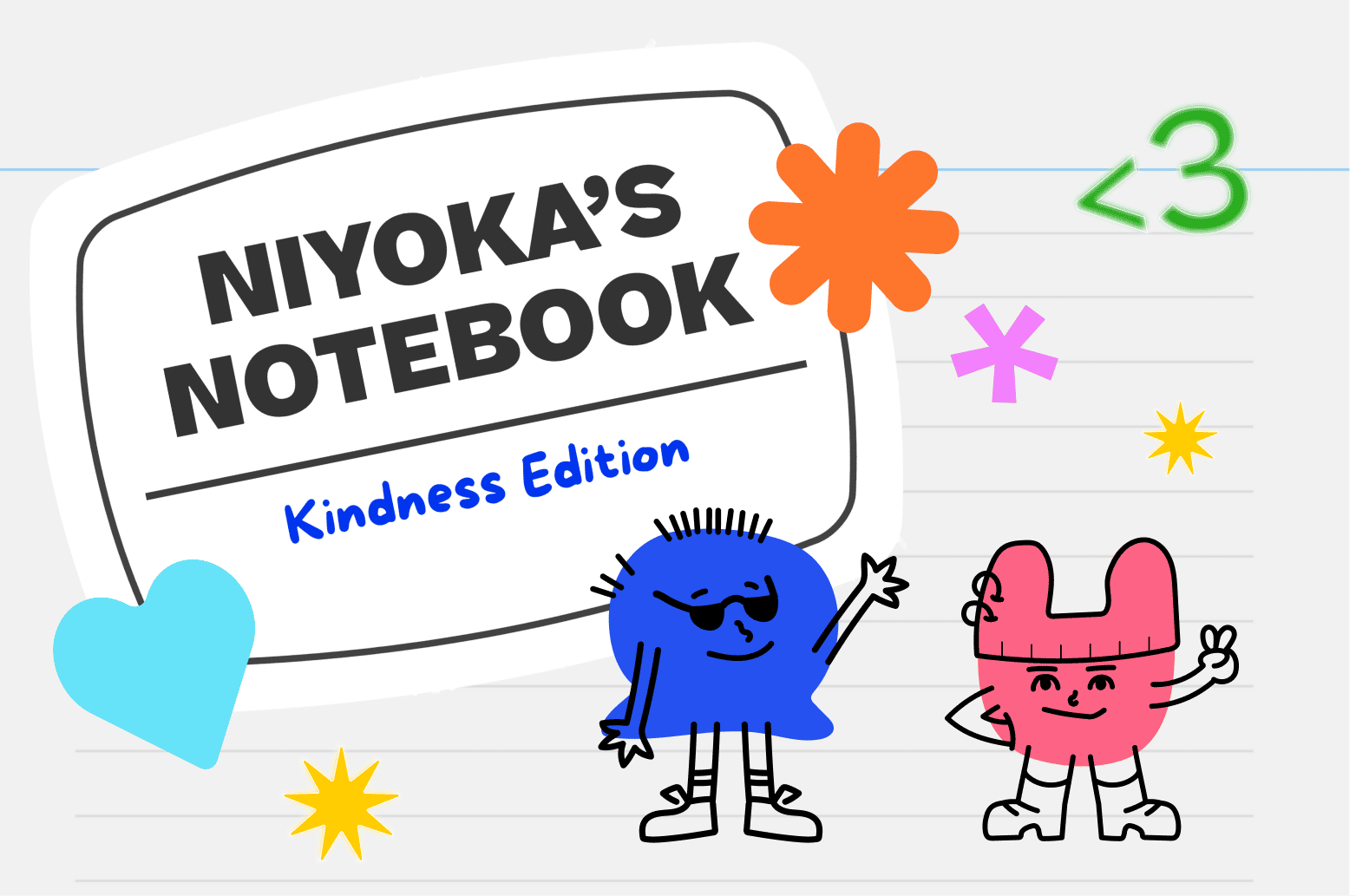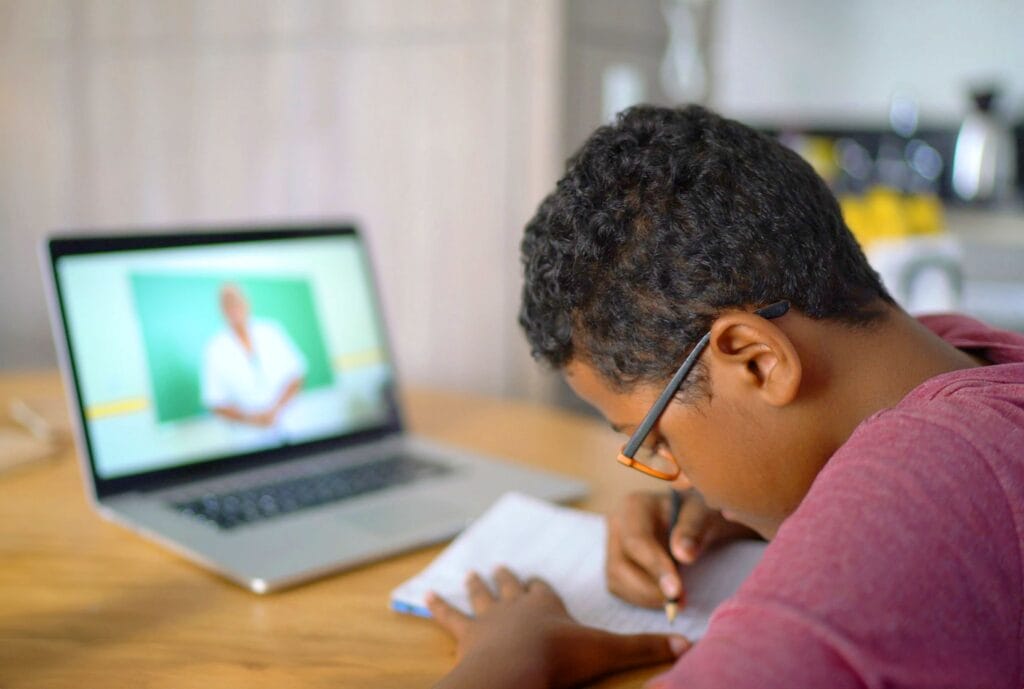When we think about lesson plans, our minds often go straight to standards, assessments, and pacing guides. But beyond the content, there’s another element that has the power to transform a classroom: kindness.
Kindness in education isn’t just a feel-good add-on; it’s a critical skill for learning and life. Embedding it into daily instruction—such as through character education programs—helps create classrooms where students feel safe, connected, and motivated to do their best.
Why Kindness Matters
Research shows that when students feel supported and respected, they are more engaged, more willing to take risks, and more resilient when they face challenges. A culture of kindness in education:
- Reduces stress and anxiety in the classroom
- Builds stronger peer relationships and collaboration
- Encourages empathy and perspective-taking
- Supports academic growth by creating a safe space for participation
Simply put, kindness is the soil where learning takes root.
Ways to Weave Kindness Into Lesson Plans
Kindness doesn’t have to be something “extra” we squeeze in—it can flow naturally through the way we teach each day. Start with these classroom kindness activities to help teach empathy among students.
- Start with modeling: Students notice how we greet them, how we respond to mistakes, and how we talk about one another. Modeling patience, gratitude, and encouragement sets the tone for a positive environment.
- Make kindness visible: Build in moments for students to celebrate each other. Try “shout-outs” at the end of class, peer notes of encouragement, or a kindness bulletin board.
- Create practice opportunities: Use role-play, group projects, or discussion prompts that ask students to consider another person’s point of view. This helps them practice empathy in real time.
- Connect it to the curriculum: Every subject has space for kindness:
- ELA – Reflect on characters’ choices and motivations.
- History – Explore how empathy could have changed events.
- STEM – Highlight the importance of collaboration in solving big problems.
- Reflect and reinforce: Encourage students to journal about moments they showed or experienced kindness. Regular reflection makes the practice intentional.
The Long-Term Impact
When kindness is taught consistently, it becomes part of the classroom culture. Students carry it with them into their friendships, their families, and eventually, their workplaces. The impact doesn’t stop at the classroom door; it shapes the way students interact with the world.
As educators, we have the privilege of teaching more than content. We’re shaping future citizens, leaders, and neighbors. That’s why kindness doesn’t just belong in our lesson plans—it belongs at the heart of everything we teach.
How K12 Encourages Kindness
K12 celebrates Kindness Month every October, but our values of kindness, empathy, and respect are centered all year long! Discover K12’s programs, explore our Kindness Month activities, and learn how we integrate social emotional learning into every subject.







